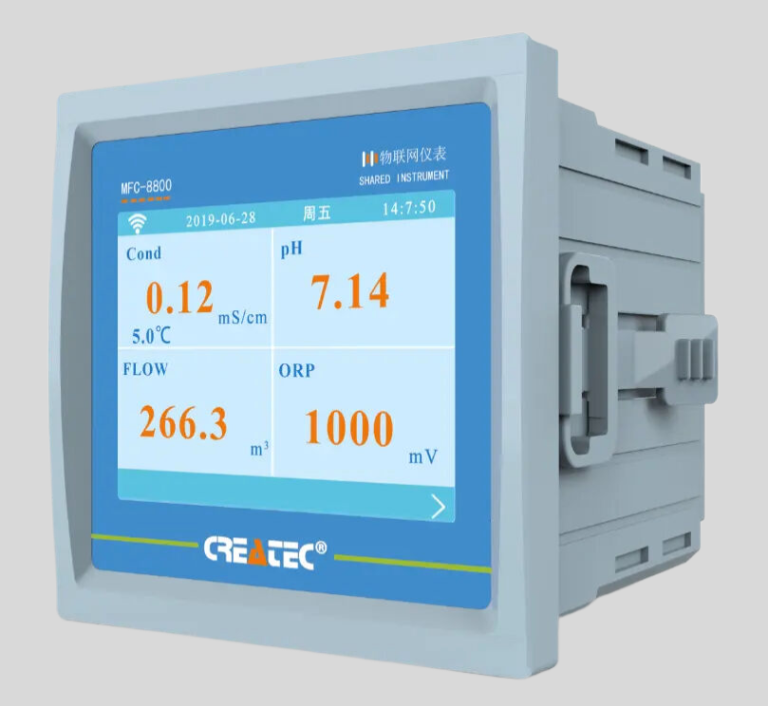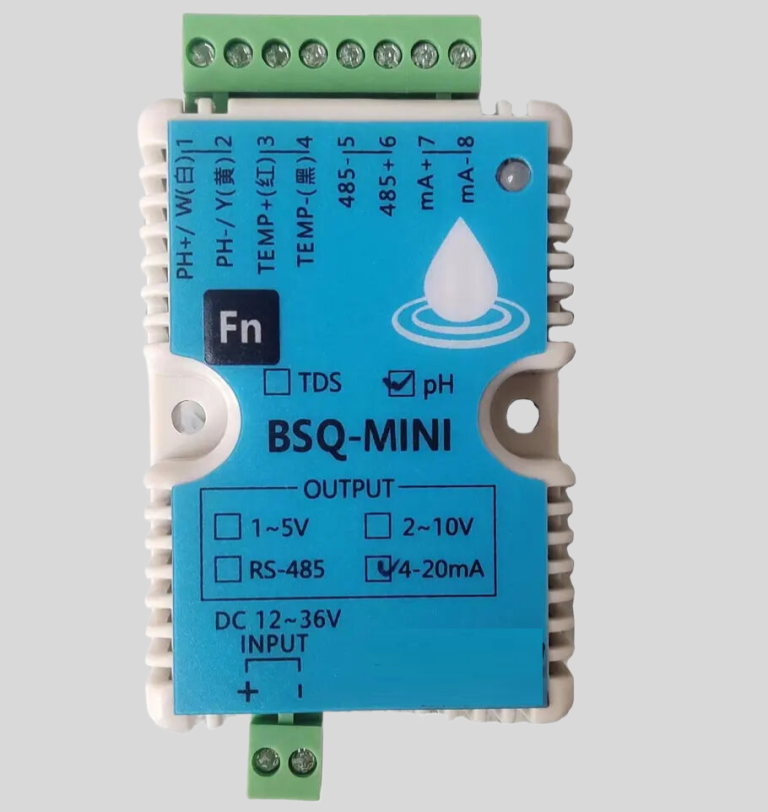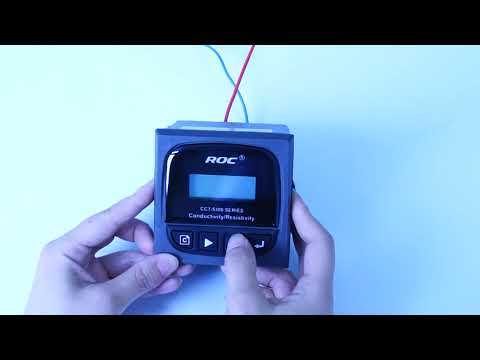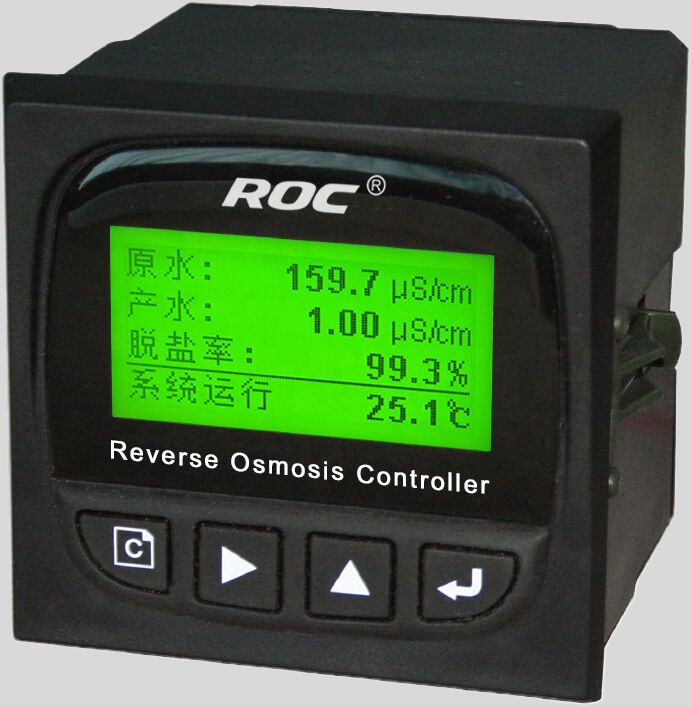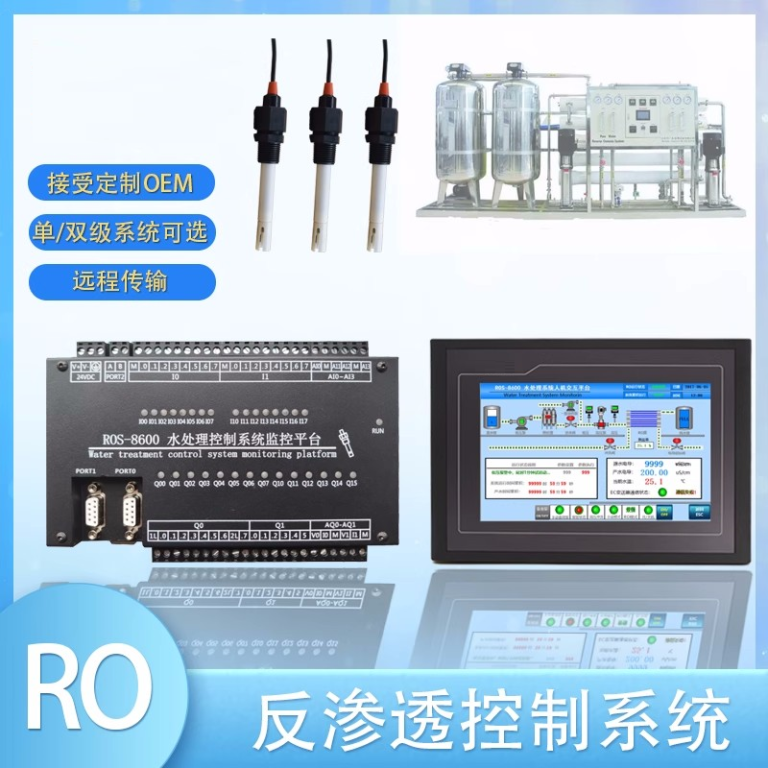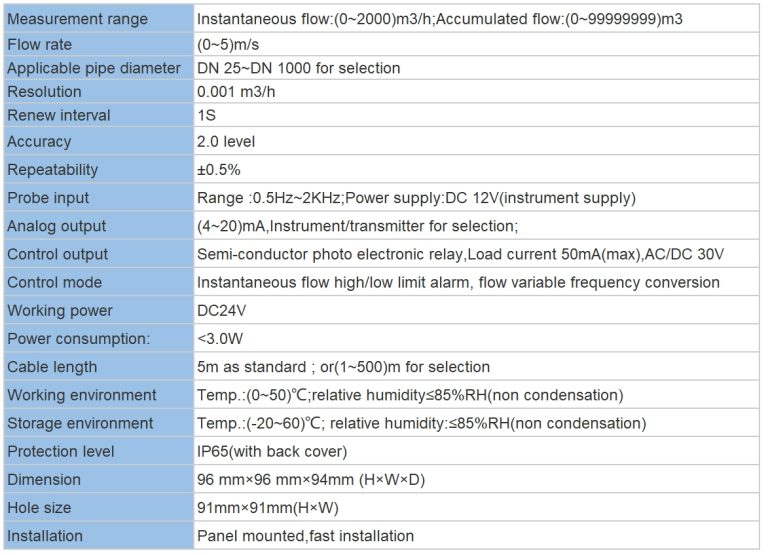Different Types of Flow Sensors
Flow sensors are essential devices used in various industries to measure the flow rate of liquids or gases. There are several types of flow sensors available, each with its own unique features and applications. In this article, we will discuss some of the most common types of flow sensors used in different industries.
One of the most popular types of flow sensors is the differential pressure flow sensor. This type of sensor works by measuring the pressure drop across a restriction in the flow path. The greater the flow rate, the higher the pressure drop. This type of sensor is commonly used in HVAC systems, water treatment plants, and industrial processes.
| ROS-2210 Double-Stage Reverse Osmosis Program Controller | |
| 1.water source water tank without water protection | |
| 2. Pure tank low level | |
| 3.Pure tank high level | |
| Acquisition signal | 4.low pressure protection |
| 5.high pressure protection | |
| 6.pretreatment regeneration | |
| 7.manual/automatic control | |
| 1.water inlet valve | |
| 2. flush valve | |
| Output control | 3. low pressure pump |
| 4.high pressure pump | |
| 5.conductivity over standard valve | |
| Measuring range | 0~2000uS |
| Temperature range | Based on 25℃, automatic temperature compensation |
| AC220v±10% 50/60Hz | |
| Power supply | AC110v±10% 50/60Hz |
| DC24v±10% | |
| Medium temperature | The normal temperature electrode<60℃ |
| High temperature electrode<120℃ | |
| Control output | 5A/250V AC |
| Relative humidity | ≤85% |
| Ambient temperature | 0~50℃ |
| Hole Size | 92*92mm(high*wide) |
| Installation method | The embedded |
| Cell constant | 1.0cm-¹*2 |
| Display usage | Digital display: conductivity value/temperature value; Supporting RO process flow chart |
| 1.Electrode constant and type setting | |
| 2.Conductivity overrun setting | |
| 3.Flush Settings at intervals of * hours | |
| Main function | 4.Flushing time setting |
| 5.RO membrane running time setting | |
| 6.Power on automatic operation/stop setting | |
| 7.Mailing address, baud rate setting | |
| 8.Optional RS-485 communication interface | |
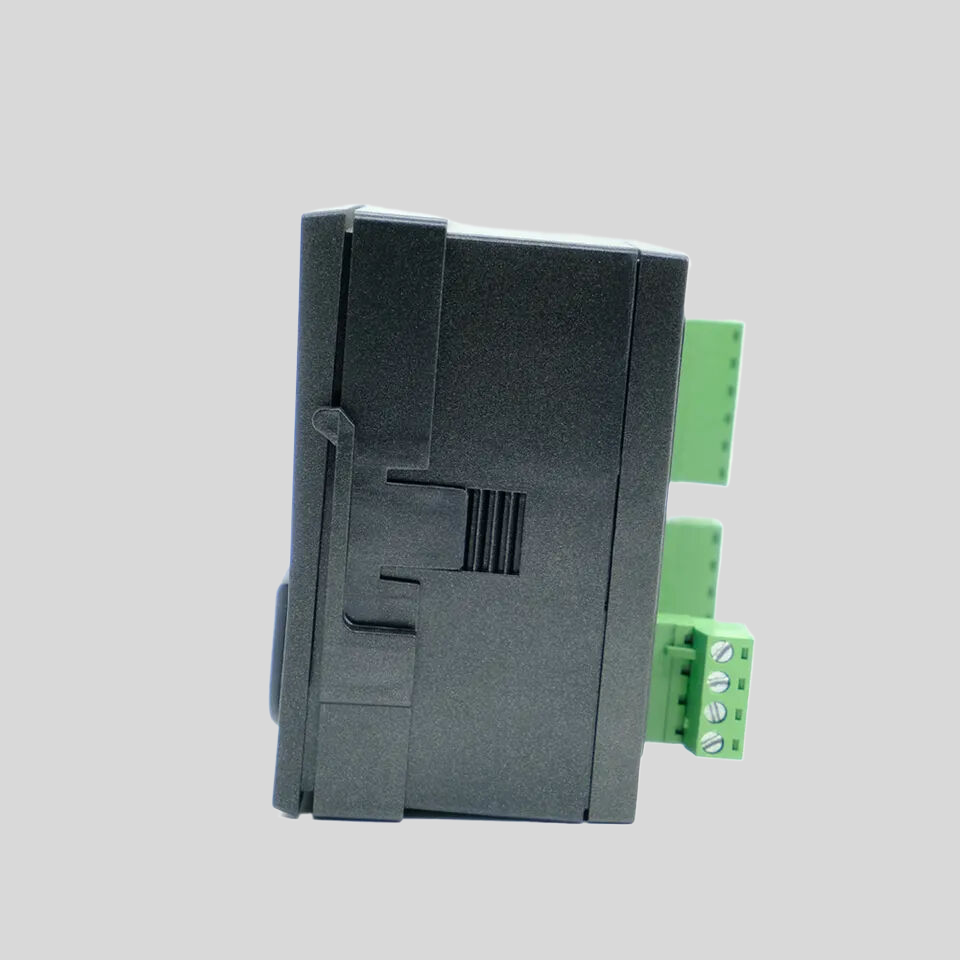
Another common type of flow sensor is the turbine flow sensor. This sensor works by measuring the rotational speed of a turbine placed in the flow path. The speed of the turbine is directly proportional to the flow rate of the fluid. Turbine flow sensors are often used in applications where high accuracy and repeatability are required, such as in the pharmaceutical and food industries.
Ultrasonic flow sensors are another type of flow sensor that is gaining popularity in recent years. These sensors work by measuring the time it takes for an ultrasonic pulse to travel through a fluid. The speed of the pulse is affected by the flow rate of the fluid, allowing the sensor to accurately measure the flow rate. Ultrasonic flow sensors are non-invasive and can be used in a wide range of applications, including wastewater treatment and oil and gas production.
| Model | EC-1800 online conductivity controller |
| Range | 0-2000/4000uS/cm 0-20/200mS/cm |
| 0-1000/2000PPM | |
| Accuracy | 1.5%, 2%, 3%(FS) |
| Temp. Comp. | Automatic temperature compensation based on 25℃ |
| Oper. Temp. | Normal 0~50℃; High temp 0~120℃ |
| Sensor | C=0.1/1.0/10.0cm-1 |
| Display | 128*64 LCD Screen |
| Communication | 4-20mA output/2-10V/1-5V/RS485 |
| Output | High/Low limit dual relay control |
| Power | AC 220V±10% 50/60Hz or AC 110V±10% 50/60Hz or DC24V/0.5A |
| Working Environment | Ambient temperature:0~50℃ |
| Relative humidity≤85% | |
| Dimensions | 96×96×100mm(H×W×L) |
| Hole Size | 92×92mm(H×W) |
| Installation Mode | Embedded |
Magnetic flow sensors, also known as electromagnetic flow sensors, are commonly used in industries where the fluid being measured is conductive. These sensors work by applying a magnetic field to the fluid and measuring the voltage generated as the fluid flows through the sensor. Magnetic flow sensors are highly accurate and can be used in a wide range of applications, including water and wastewater treatment, chemical processing, and food and beverage production.
Vortex flow sensors are another type of flow sensor that is commonly used in industrial applications. These sensors work by measuring the frequency of vortices that are shed from a bluff body placed in the flow path. The frequency of the vortices is directly proportional to the flow rate of the fluid. Vortex flow sensors are rugged and reliable, making them ideal for use in harsh environments such as oil and gas production and petrochemical plants.
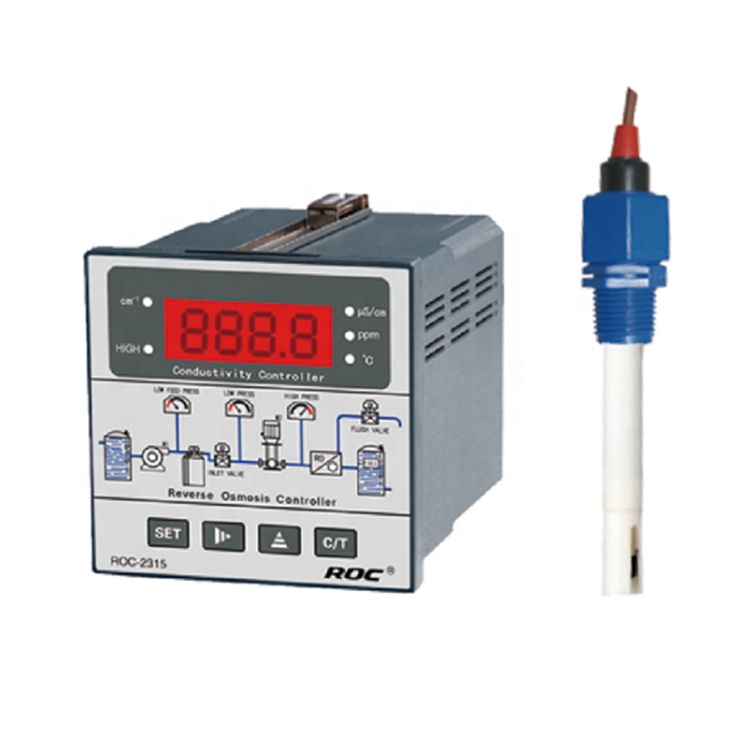
In conclusion, there are several types of flow sensors available, each with its own unique features and applications. Whether you need a sensor for measuring the flow rate of liquids or gases in a HVAC system, water treatment plant, or industrial process, there is a flow sensor that will meet your needs. From differential pressure sensors to ultrasonic sensors, magnetic flow sensors to vortex sensors, the right flow sensor for your application is out there.

